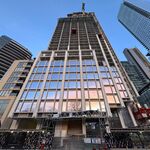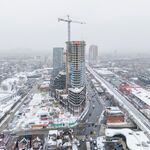Xav
Active Member
One can only hope. They did add connections with the metro after consultations for the original REM. Hopefully they're as open now... That's exactly why people like me need to actively participate in consultations. I live in the Centre-Sud neighbourhood and I have a lot to say!Keep in mind that CDPQi has not released the detailed design specs yet, in terms of how the stations will be laid out. The final plan may very well change from what you are seeing today, possibly with additional stations and even an underground alignment for downtown. This has been the case with REM-A as well - they made significant changes post public consultation.







